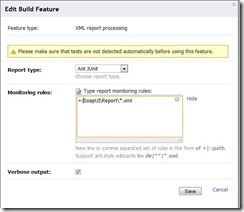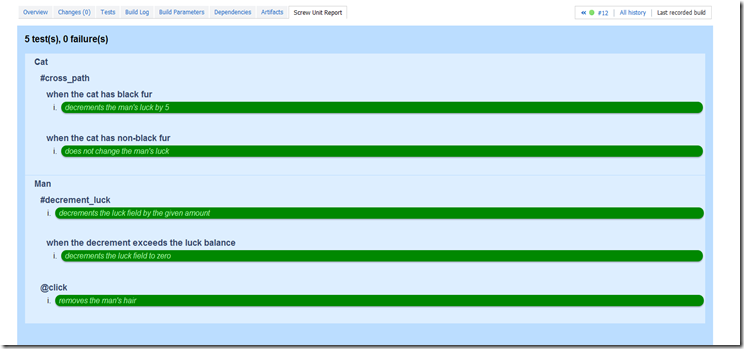Time and again it is important to constantly remind your team that a User story is not just a way of defining a requirement but is actually the premise on which you promise to have conversations with the user. It is by no means a finalised description of what the system should be doing. The first time it is written the analyst or product owner only has as much information as the user gives them. This information is pretty much raw most often a wish list off some post-it notes on the edge of the users monitor. It will have information of what the user wants to achieve or the grand plan of how something could be done brilliantly to save money or achieve a business goal. It will not tell you what the user wants the system to do.
This is where collaboration is fundamental to the idea of agile development ( should i say ADD – Agile Driven Development). The user story is to be evolved by having conversations between various functional experts. By functional experts I mean a QA, a developer, a business analyst or even a UI designer for that matter. The question is why? I guess it’s because these functional experts can think of the software that is to be built with a view of what the system should do, A user story should convey both what the user wants to do and what the system will do to be complete, clearly the initial draft of these stories didn’t do this.
When a developer evolves a story on his own he is going to make sure it is technically brilliant (may be not always) and eventually forget what the user wants , in most cases this conversation ends up in the developer trying to define what the system should do and what the user wants.. how many over engineered systems have we not seen and been part of in the past
When a UI designer is going to evolve it on his own he is going to make sure it is pretty software and most likely to make it usable but with lack of clarity of the functionality that the user really needs, he just has his wireframes or prototypes, which shows the user the dream he wants to have
When a QA is going to evolve this on his own he is going to make sure it is very testable, infact so testable that they start defining behaviour of the application and the implementation of the software even though they may or may not match what the user wants.. oh well make it testable but so testable that the stuff you build is not usable.
The analyst on the other hand is so caught up with making sure he conveys what the user wants he forgets most often how to test the functionality or in some case forgets to tell the team what the system should do , well don’t blame him they are not the functional experts on the technical implementation of a system
We have seen these things happening all the time, any form of methodology without collaboration kind of summarises the situation in which these things happen. Alright then, so we can’t do without collaboration so what now and how far do we go with collaboration? How do we know where to stop, well I am going to have to be vague and say well it’s for the team to figure it out in the context of the system they are working but then, I guess some of the answer lies in the ability of the team and the user to work towards coming up with stories which adhere to INSPECT and the story itself becoming the documentation of the system.
As Gojko says in his book “Specification by Example” stories evolve into living documentation of the system. When you can actually read a story and express in simple English, the aspect of what the user wants to do and what the system is doing to achieve the users need, you could say you have reached that point where you can stop and move on to the next bit of functionality.
Again living documentation is not written once; it evolves over a period of time by refactoring constantly; Teams that collaborate constantly recognise this need to bring the stories used to build the system in line with the domain concepts in the system, and vice versa, it is a constant cycle of refactor and improve.. Oh should I say iterate and continuously improve... Rings a bell... Agile?. In reality, collaboration is under-rated by teams and it is something teams think they should do because it needs to be done. Most agile teams do this once for every story (I am laughing already) while estimating the story not so much while actually implementing it. That said there are also teams which constantly collaborate. I guess question is which team are you working in and what are you going to do about it ?
![]()

